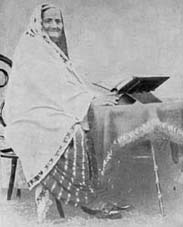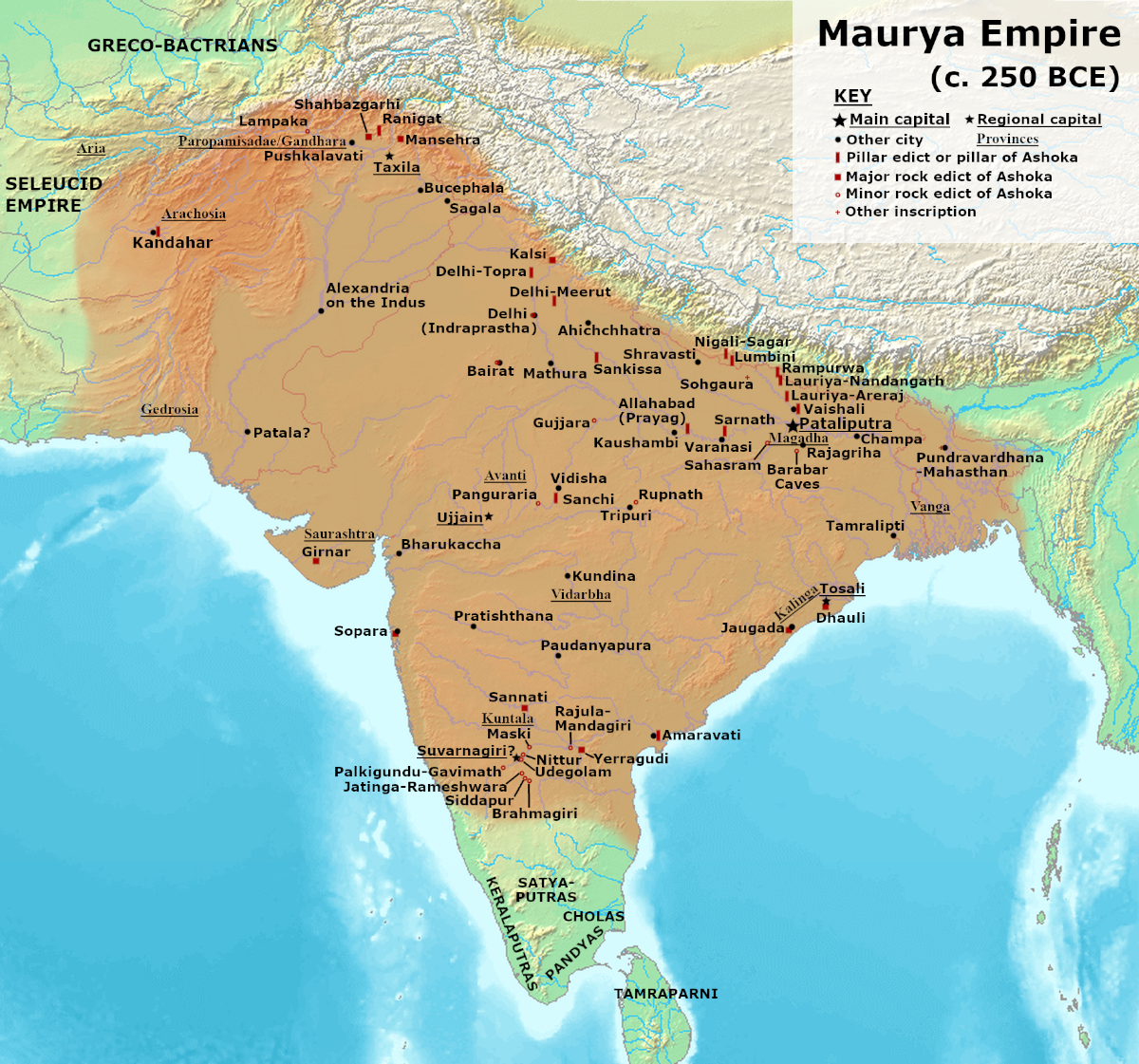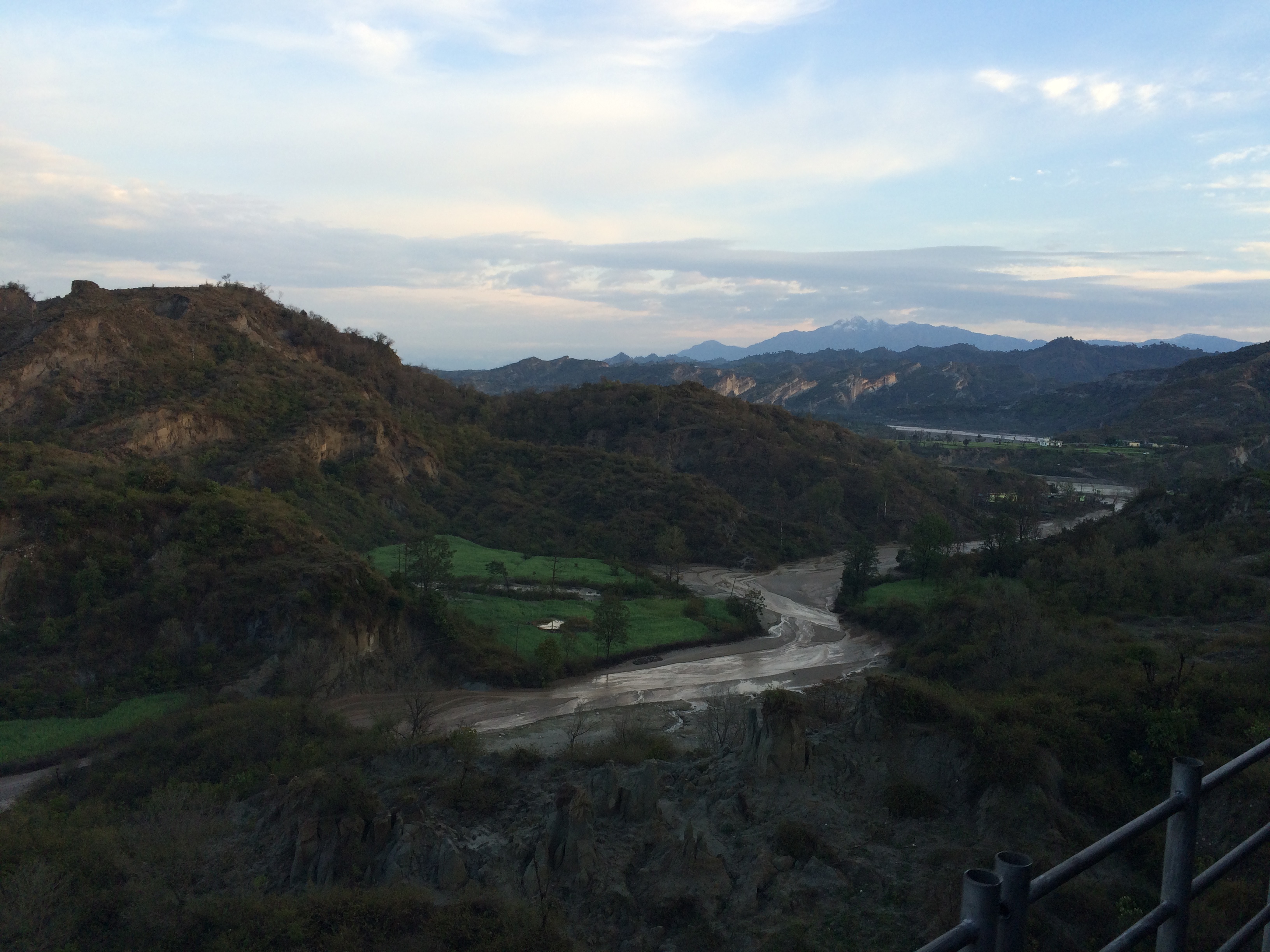|
Sialkot
Sialkot ( ur, ) is a city located in Punjab, Pakistan. It is the capital of Sialkot District and the 13th most populous city in Pakistan. The boundaries of Sialkot are joined with Jammu (the winter capital of Indian administered Jammu and Kashmir) in the north east, the districts of Narowal in the southeast, Gujranwala in the southwest and Gujrat in the northwest. Sialkot is believed to be the successor of ancient Sagala, the capital of the Madra kingdom razed by Alexander the Great in 326 BCE, and then made capital of the Indo-Greek kingdom by Menander I in the 2nd century BCE—a time during which the city greatly prospered as a major center for trade and Buddhist thought. In 6th century, it was again made capital of the Taank Kingdom, which ruled Punjab for the next two centuries. Sialkot continued to be a major political centre until it was eclipsed by Lahore around the turn of the first millennium. The city rose again in prominence during the British era and is now one ... [...More Info...] [...Related Items...] OR: [Wikipedia] [Google] [Baidu] |
Sialkot District
Sialkot District (Punjabi and ur, ), is one of the districts of Punjab province of Pakistan. It is located in the Majha region of Panjab, otherwise the northeast of the province. The city of Sialkot is the capital of the district. The Sialkot Cantonment was established in 1852. Administration The district is administratively divided into the following four tehsils (subdivisions), which contain a total of 122 Union Councils:Tehsils & Unions in the District of Sialkot – Government of Pakistan History Sialkot District was an agricultural region with forests during the |
Sialkot International Airport
Sialkot International Airport is situated 14 km (8.7 mi) west of Sialkot in the Sialkot District of Pakistan. It has the distinction of being the first privately owned airport in Pakistan. It was built by the business community of Sialkot. Before the completion of the new green field Islamabad International Airport, it also had the longest runway in Pakistan. Approximately 1,000,000 travelers from Sialkot and adjacent areas are expected to benefit from this international airport each year. Structure Sialkot is a major export hub of Pakistan. The airport is being upgraded to make it compatible to carry the load of ten Boeing 747s or A340s. The airport authority is currently working with a private company to develop the airport to meet international standards. The airport has developed a new runway so heavier aircraft can land. There is a new terminal currently being built to deal with an increase in passengers as well as cargo imports and exports. The airport prov ... [...More Info...] [...Related Items...] OR: [Wikipedia] [Google] [Baidu] |
Sialkot Cantonment
Sialkot Cantonment (Urdu: سیالکوٹ چھاؤنی) is a military cantonment area in Sialkot adjacent to the city. It is one of the oldest and most important Cantonments of Pakistan. It was established in 1852 by the British Indian Army. As gleaned from the old records, the Sialkot Cantonment is the precursor of Wazirabad Garrison which was established for a sojourn from 1849–52. The site of Sialkot Cantonment was chosen by Sir Charles Napier, GCB, the then Commander-in-Chief, in 1851. The Wazirabad Cantonment was vacated and the garrison shifted to "Seealkot Cantt", as it was then called, where actual occupation was in effect in 1852. "Cantt" is an abbreviation for cantonment.Sialkot Cantonment GlobalSecurity.org website, Retrieved 26 September 2021 Geography The congen ...[...More Info...] [...Related Items...] OR: [Wikipedia] [Google] [Baidu] |
Punjab, Pakistan
Punjab (; , ) is one of the four provinces of Pakistan. Located in central-eastern region of the country, Punjab is the second-largest province of Pakistan by land area and the largest province by population. It shares land borders with the Pakistani provinces of Khyber Pakhtunkhwa to the north-west, Balochistan to the south-west and Sindh to the south, as well as Islamabad Capital Territory to the north-west and Autonomous Territory of AJK to the north. It shares an International border with the Indian states of Rajasthan and Punjab to the east and Indian-administered Kashmir to the north-east. Punjab is the most fertile province of the country as River Indus and its four major tributaries Ravi, Jhelum, Chenab and Sutlej flow through it. The province forms the bulk of the transnational Punjab region, now divided among Pakistan and India. The provincial capital is Lahore — a cultural, modern, historical, economic, and cosmopolitan centre of Pakistan. Other major ci ... [...More Info...] [...Related Items...] OR: [Wikipedia] [Google] [Baidu] |
Clock Tower, Sialkot
upThe clock tower in 2015, Sialkot, Pakistan The Sialkot Clock Tower ( ur, ) also known as Iqbal Square ( ur, ), is situated in Saddar Bazar, Sialkot Cantonment, Pakistan. It was built in 1922. Published 30 June 2013, Retrieved 10 August 2017 See also * List of clock towers in Pakistan * * * |
Muhammad Iqbal
Sir Muhammad Iqbal ( ur, ; 9 November 187721 April 1938), was a South Asian Muslim writer, philosopher, Quote: "In Persian, ... he published six volumes of mainly long poems between 1915 and 1936, ... more or less complete works on philosophical themes" (p. xiii)" Scholar and politician, whose poetry in the Urdu language is considered among the greatest of the twentieth century, Quote: "In Urdu, Iqbal is allowed to have been far the greatest poet of this century, and by most critics to be the only equal of Ghalib (1797–1869). ... the Urdu poems, addressed to a real and familiar audience close at hand, have the merit of being direct, spontaneous utterances on tangible subjects. (p. xiii)" and whose vision of a cultural and political ideal for the Muslims of British Raj, British-ruled India was to animate the impulse for Pakistan. He is commonly referred to by the honorific Allama (from ). Born and raised in Sialkot, Punjab region, Punjab in an ethnic Kashmiri Muslims, Kash ... [...More Info...] [...Related Items...] OR: [Wikipedia] [Google] [Baidu] |
Iqbal Manzil
Iqbal Manzil (; "Manzil"; word in Urdu meaning 'building' or 'mansion') is the birthplace of Muslim poet and philosopher Dr Muhammad Allama Iqbal (1877-1938). It is located in the heart of the city of Sialkot in Punjab province of Pakistan. History Iqbal Manzil was purchased in 1861 by Mohammad Rafique, the great-grandfather of Allama Iqbal. The house was originally very small, but each successor kept adding to it and the building grew in size. After the death of his father Noor Muhammad, Iqbal's his elder brother, Ata Mohammad, was named the owner of the Iqbal Manzil. Ata Mohammed's sons after his death, left the house and took up residences in Karachi and Lahore. Allama Iqbal's son Javed Iqbal was born in the Iqbal Manzil on 5 October 1924. Javed Iqbal spent his childhood in Lahore but never entered Iqbal Manzil again. Allama Iqbal's other son Aftab Iqbal resided in Karachi for the better part of his life. Allama Iqbal also had a daughter named Munira Iqbal. Since 1986, R ... [...More Info...] [...Related Items...] OR: [Wikipedia] [Google] [Baidu] |
Sagala
Sagala, Sakala ( sa, साकला), or Sangala ( grc, Σάγγαλα) was a city in ancient India, which was the predecessor of the modern city of Sialkot that is located in what is now Pakistan's northern Punjab province. The city was the capital of the Madra Kingdom and it was razed in 326 BC during the Indian campaign of Alexander the Great. In the 2nd century BC, Sagala was made capital of the Indo-Greek kingdom by Menander I. Menander embraced Buddhism after extensive debating with a Buddhist monk, as recorded in the Buddhist text '' Milinda Panha''. Sagala became a major centre for Buddhism under his reign, and prospered as a major trading centre. Mahabharata Sagala is likely the city of Sakala ( sa, साकला) mentioned in the ''Mahabharata'', a Sanskrit epic of ancient India, as occupying a similar area as Greek accounts of Sagala. The city may have been inhabited by the ''Saka'', or Scythians, from Central Asia who had migrated into the Subcontinent. The re ... [...More Info...] [...Related Items...] OR: [Wikipedia] [Google] [Baidu] |
Jammu
Jammu is the winter capital of the Indian union territory of Jammu and Kashmir. It is the headquarters and the largest city in Jammu district of the union territory. Lying on the banks of the river Tawi, the city of Jammu, with an area of , is surrounded by the Himalayas in the north and the northern-plains in the south. Jammu is the second most populous city of the union territory. Three battles have been fought in the city: first by the founder Raja Mal Dev against Timur in Battle of Jammu (1399), second by Sardar Bhag Singh against Mughal army in Battle of Jammu (1712) and the third by Mian Dido & Maharaja Gulab Singh against Ranjit Singh's army in Battle of Jammu (1808). Known as the ''City of Temples'' for its ancient temples and Hindu shrines, Jammu is the most visited place in the union territory. Jammu city shares its borders with the neighbouring Samba district. Etymology According to local tradition, Jammu is named after its founder, Raja Jambulochan, who ... [...More Info...] [...Related Items...] OR: [Wikipedia] [Google] [Baidu] |
Menander I
Menander I Soter ( grc, Μένανδρος Σωτήρ, Ménandros Sōtḗr, Menander the Saviour; pi, मिलिन्दो, Milinda), was a Greco-Bactrian and later Indo-Greek King (reigned c.165/155Bopearachchi (1998) and (1991), respectively. The first date is estimated by Osmund Bopearachchi and R. C. Senior, the other Boperachchi –130 BC) who administered a large territory in the Northwestern regions of the Indian Subcontinent from his capital at Sagala. Menander is noted for having become a patron and convert to Greco-Buddhism and he is widely regarded as the greatest of the Indo-Greek kings. Menander might have initially been a king of Bactria. After re-conquering the Punjab he established an empire which stretched from the Kabul River valley in the west to the Ravi River in the east, and from the Swat River valley in the north to Arachosia (the Helmand Province). Ancient Indian writers indicate that he launched expeditions southward into Rajasthan and as ... [...More Info...] [...Related Items...] OR: [Wikipedia] [Google] [Baidu] |
Gujranwala District
Gujranwala District (Punjabi and ur, ), is a district that is a part of the Majha region in Punjab, Pakistan. Gujranwala District is bordered by the districts of Gujrat, Sialkot, Mandi Bahauddin, Hafizabad and Sheikhupura. Gujranwala district has 6 National Assembly and 14 Punjab Assembly constituencies. History Gujranwala belongs to the Majha region of ancient Punjab. The village of Asarur has been identified as the location of Taki, an ancient town, visited by the Chinese pilgrim Hiuen Tsiang contains immense ruins of Buddhist origin. After the time of Tsiang little is known about Gujranwala till the Islamic conquests, by this time, however, Taki had fallen into oblivion while Lahore had become the capital of Punjab. The contemporary village of Asarur has been identified as the site of the ancient city. From the beginning of the 7th century Gurjar kingdoms dominated Eastern portions of Pakistan and northern India. The district flourished during Mughal rule, from the da ... [...More Info...] [...Related Items...] OR: [Wikipedia] [Google] [Baidu] |
Indo-Greek Kingdom
The Indo-Greek Kingdom, or Graeco-Indian Kingdom, also known historically as the Yavana Kingdom (Yavanarajya), was a Hellenistic-era Greek kingdom covering various parts of Afghanistan and the northwestern regions of the Indian subcontinent (parts of modern-day Pakistan and northwestern India). This kingdom was in existence from ca. 200 BC to ca. 1 BC. During its existence the kingdom was ruled over by 30 successive kings. Menander I, being the most well known amongst the Indo-Greek kings, is often referred to simply as ''“Menander,”'' despite the fact that there was indeed another Indo-Greek King known as Menander II. Menander I's capital was at Sagala in the Punjab (present-day Sialkot). The kingdom was founded when the Graeco-Bactrian king Demetrius (and later Eucratides) invaded India from Bactria in 200 BC. The Greeks in the Indian Subcontinent were eventually divided from the Graeco-Bactrians centered on Bactria (now the border between Afghanistan ... [...More Info...] [...Related Items...] OR: [Wikipedia] [Google] [Baidu] |









